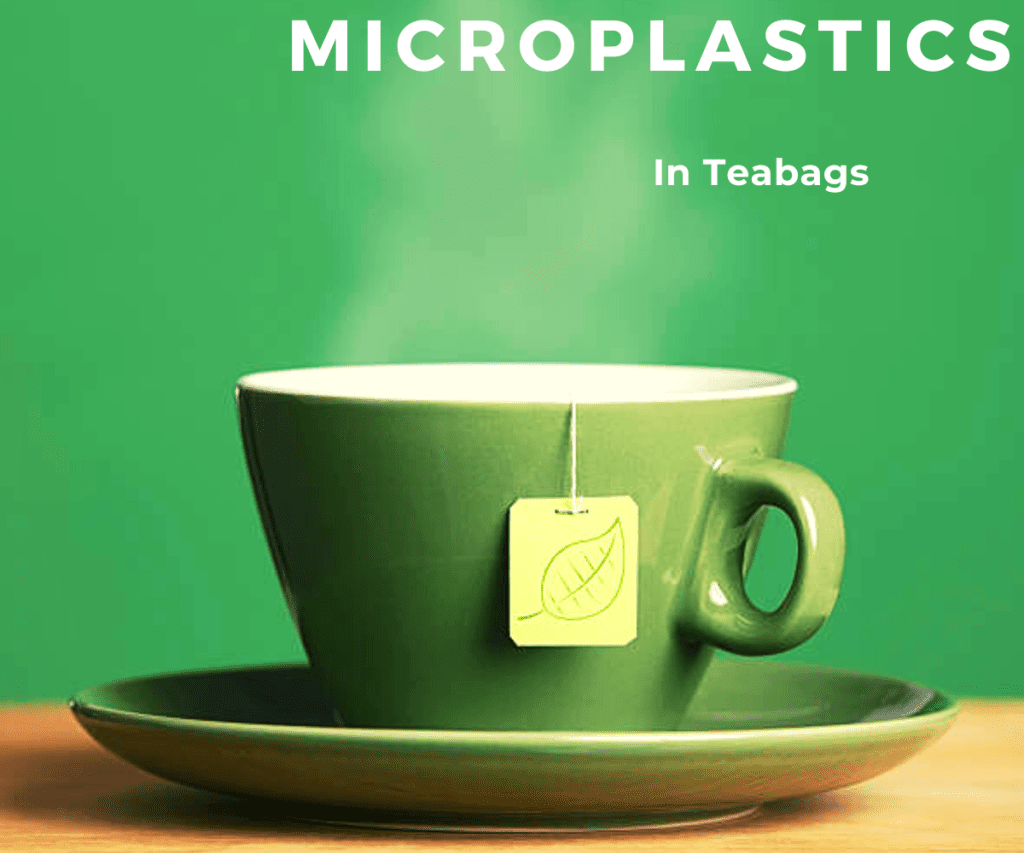Every recent study aimed at determining the presence of microplastics in teabags, are more and more acknowledging not just the presence, but has also estimated the amount in diverse tea types.
Microplastics had been found in earlier studies and researches to have occurred in enormous tons particularly at beaches and in oceans.
Concern was drawn to more critical studies when some scientists feared that they may pose hazardous to aquatic lives and human health.
While, more work is still yet to be done to bring this observation to a theory.
Microplastics have been found by scientists to be present in not just fishes, vegs but also in teabags, which again has called for concern.
In this article we will discuss scientific mediums where microplastics are found, microplastics in teabags, and its effects on human health.
Scientific Evidences of Microplastics
With Plastic products, packaging and ultimately waste used and disposed widely used in nearly all sectors of our structures e.g healthcare, agriculture, etc.
It is estimated that there will be an incredibly large amount of plastic waste worldwide in 2060.
Also since plastic waste is non-biodegradable, except by it mechanical wear, heating and oxidation by UV radiation it is a foreseen challenge when persistent in the environment.
With this in mind, it is only best imagined the presence of substance like this in the teabags we drink.
More practically, microplastics having been found in bottled water, milk, salt, seaweed, and even honey proves that its existence in tea is not unexpected.
Moreover, tea is not immune. Tea plants contain various pollutants, including microplastics, from the soil in which they are grown, as well as from exposure to plastic during processing and storage
Most tea contains polyphenols, theanine, caffeine, etc that occur in safe quantities.
They also contain bioactive substances with benefits of anti-aging owing to antioxidants that reduces the risk of heart disease, improves mental alertness, and proffer treatments to other diseases and their effects.

Owing to this, drinking tea has long become a ritual by many and most usually is widely considered a healthy lifestyle in line with consumers’ pursuit of health and a high quality of life.
In 2021, China’s which is the world largest producer of several types of teabags, had produced 3063.200 tons and tea consumption was 2301.900 tons.
Effect of Microplastics in Teabags on Human Health
Though microplastics are becoming an increasing concern, nothing has been undoubtedly proven on its negative effects in human health.

At such, further studies are encouraged, but so far, some findings suggest that microplastics in teabags can poses some threats and hazards to human health. Such as:
Physiologically, effects of ingesting microplastics could span from inflammation, to oxidative stress, to cell damage, and more.
More importantly, microplastics can easily expose living organisms to carcinogenic and neurotoxic pollutants that adsorb to their surface, such as heavy metals.
This article provide an early warning of both possible environmental danger and potential human health risk.
A research carried out by Hernandez et al in 2019, found that plastic tea bags released microplastics during brewing, and these released microplastics were as high as 11.6 billion microplastics per bag.
In the same year, Qinglan Li et al. [17] discovered microplastic contamination in tea garden soil, up to 740 microplastics/kg soil.
While in 2022, Yinan Li et al. [18] found lots of fibrous microplastics in green tea, black tea, dark tea and white tea. There are up to 5000 pcs/20g of them.
Well, apparently from the above, the question had shifted from “are microplastics found in teabags?” to “How much microplastics is found in one teabag of any type and what risk do they really cause to humans?”.
Conclusion
While answers to that are still being brewed in individual scattered laps around the world.
We recommend precautionary measures to tea intakes and boiling each bag to the appropriate temperature before drinking.
The Future of Microplastics and Us
Papers involving Environmental Science, Water Resources, Food Science Technology, and the likes are being written out of more findings.
It does seem that the identification of Microplastics from Tea and in beverages will stir more interests that will birth significant discoveries in the nearest future.
There is advancement research in the field of tea and the progress has scarcely been systematically sorted.
